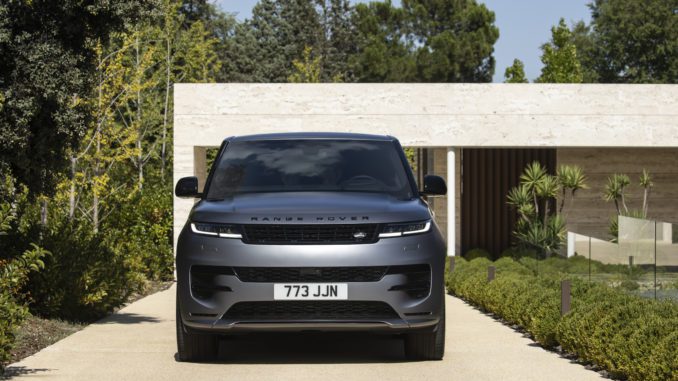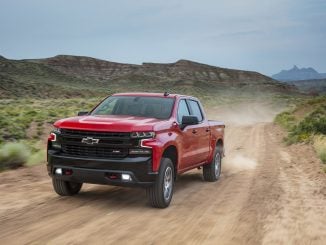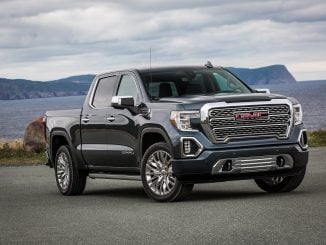
MADRID — A half-decade ago, I owned a second-generation Chevrolet Volt.
The Volt is a plug-in hybrid, which means it plugs into the wall like an electric car but has a gasoline-powered engine to extend its battery range if you want to keep driving. In a year with the Volt, we put 17,000 miles on it, some 15,000 of those being electric.
This is possible because the Volt had such a large battery that it could travel some 50 miles on electric power without using a drop of gasoline. A plug-in hybrid, or PHEV, is the perfect stepping stone between regular cars and full-electric.
For EV skeptics, or, perhaps more accurately, those married to EV skeptics, it’s an easy way to get used to plugging in your car at night. The problem has been that most PHEVs, especially luxury ones, have dismal electric range. For example, some plug-in SUVs from BMW or Volvo can barely reach 20 miles. For most American drivers, that isn’t enough.
But my Chevy Volt, with a 52-mile electric range, could handle the day-to-day driving of most Americans without ever turning on the engine. I point all of this out because I was in Spain driving the new Range Rover Sport a few weeks ago, and the new Range Rover Sport comes in a PHEV variant with an electric range of around 50 miles.
Sticking a massive 31.8 kWh battery in the new Range Rover Sport (a plug-in Range Rover, which I reviewed a few months ago, is coming, too) is incredibly exciting. Contrary to what some will tell you, most folks are not ready for a fully electric vehicle. Public charging isn’t there yet, and range anxiety is real.
But a plug-in hybrid has nearly all of the benefits — silent propulsion, lots of low-end torque, electricity is cheaper than gasoline on a per-mile basis — of an EV, but without the downsides of needing to find a charger if you want to drive a while.
The 2023 Range Rover Sport is built upon the same platform as the new Range Rover, which is new for this generation. Previously, they were entirely different vehicles. And it’s not just the same platform — they’re almost the same car, except for the body and some interior bits.
It’s the same chassis and suspension and steering and powertrain — everything is identical regarding performance, only the Sport has been tweaked and programmed to behave entirely differently. I repeatedly asked Land Rover engineers about hardware differences because the vehicles behave so differently, but they assured me that everything is the same.
The Sport is ready to rip through the corners where the Range Rover is leisurely and sedate, preventing anything so much as a crack in the pavement from disturbing your journey. It’s not a rough ride by any stretch, but it’s firmer and more dynamic.
If you like enthusiastically tackling curvy backroads, the Range Rover Sport is for you. It’s not that the Range Rover can’t do it — it can, if you push it hard enough — but the big luxury SUV is tuned for comfort, not speed. I’ve driven hundreds of cars, but I’ve never been so amazed at the difference a simple tune can make.
The driving experience between the two is so significant that they might as well be completely different cars. And, as far as most buyers will be concerned, they are. I suspect someone walking into a Land Rover dealership will immediately know if they’re a Range Rover or a Range Rover Sport buyer. The sport is more aggressive and more svelte. It’s not exactly smaller (in fact, the wheelbase is identical), but it is a touch shorter thanks to more aggressive overhangs.
But it looks different and feels different enough that it’ll be an easy choice between the two. Except for me — I want a Range Rover with the Range Rover Sport performance settings. I asked a company engineer if it would be theoretically possible to build such a thing. They finally admitted that, yes, it was possible, but they’d never do it.
Except Land Rover has an entire special vehicle operations division built to customize its vehicles for exceptionally well-heeled clients. If I win the lottery tomorrow, I’m sending in my request with haste. Fingers crossed.
I haven’t even gotten into the actual car itself, but it doesn’t much matter. Go read my Range Rover review and imagine the same car but with a much more dynamic ride, look, and feel. And then imagine it with a 50-mile all-electric range, and you’ll see why I’m so excited.
Fully-electric versions of both models are coming for model year 2024, and all of a sudden, Land Rover will have perhaps the best pair of electric luxury SUVs around.



